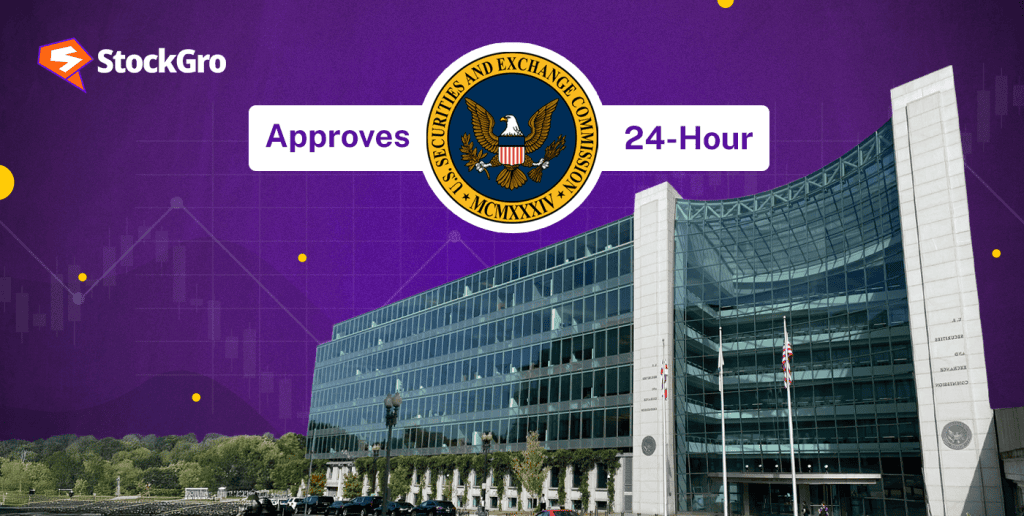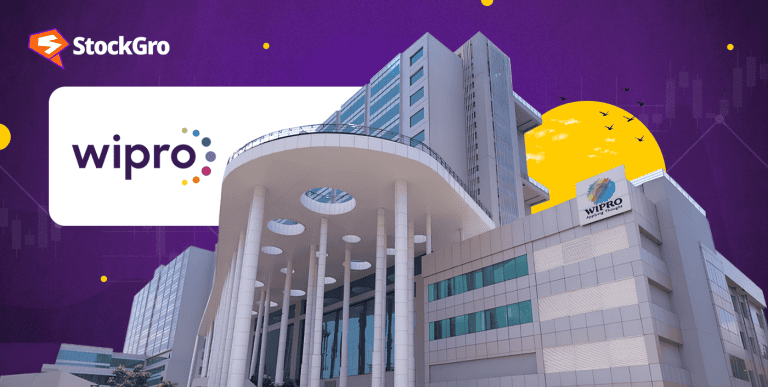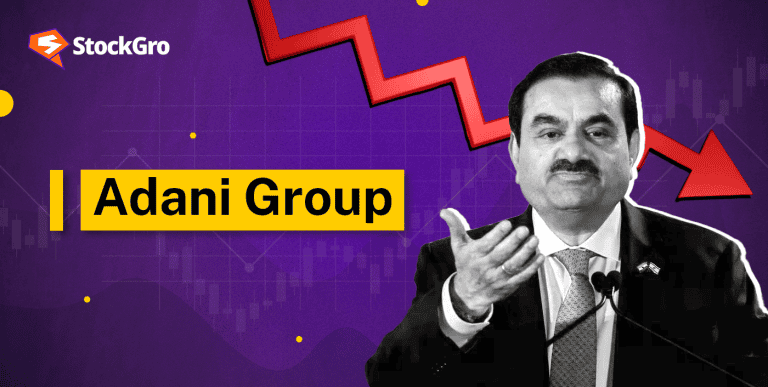
In a move poised to revolutionize the financial markets, the US Securities and Exchange Commission (SEC) has approved the first round-the-clock stock exchange in the United States.
Known as the 24 National Exchange, this initiative introduces the possibility of near-continuous trading in US equities, marking a significant shift from traditional trading hours. While the announcement has sparked both excitement and criticism, the pressing question is: how will this reshape the stock market experience for retail and institutional investors alike?
What is the 24 National Exchange?
The 24 National Exchange, backed by Point72 Ventures, plans to offer a 23-hour trading schedule five days a week, with a one-hour pause for system updates. The exchange aims to cater to the growing demand for more flexible trading options, especially from global investors and retail traders accustomed to the 24/7 nature of cryptocurrency markets.
Timeline and Phased Rollout
- Phase 1 (Late 2025): Regular weekday trading hours.
- Phase 2: Overnight trading (8 PM–4 AM, New York Time) from Sunday to Thursday.
- Schedule Summary: Trading effectively runs from Sunday evening through Friday evening.
Why Is This Change Happening Now?
1. Demand for Extended Hours
Retail investors, especially those engaging in after-hours trading, have driven this change. Platforms like Robinhood and Interactive Brokers have already provided limited after-hours trading, indicating demand.
2. Competition in Financial Markets
With exchanges like the New York Stock Exchange proposing 22-hour trading and alternative systems like Blue Ocean, competition for trading flexibility has intensified.
3. Global Investor Access
The new schedule will attract Asia-Pacific investors and others outside US time zones, addressing the demand for liquidity and price responsiveness in their local time.
Key Benefits
For Retail Investors
- Instant News Reaction: Retail traders can respond to market-moving news regardless of time zones.
- Flexibility: Busy professionals or part-time traders can find hours that work for them.
For Institutional Investors
- Expanded Access to Liquidity: Institutional investors can better manage global portfolios with real-time trading opportunities.
- Technology-Driven Efficiency: Powered by state-of-the-art platforms like MEMX Technologies.
Also read: Insights into Liquidity Trap and its Impact
Concerns and Criticism
While the benefits are promising, some experts and market participants have raised valid concerns:
1. Liquidity Risks
Trading volumes during off-hours might be low, leading to poor pricing and higher volatility. For example:
- Critics argue that smaller trades could disproportionately impact prices, increasing risk for both retail and institutional investors.
2. Retail Investor Risks
Retail traders operating in less liquid overnight markets might pay more due to wider bid-ask spreads.
- A Better Markets representative noted that these conditions could lead to losses compared to trading during normal business hours.
3. Operational Challenges
Implementing continuous trading requires robust infrastructure:
- Technical Readiness: Ensuring systems can handle nearly 24-hour operations.
- Staffing Concerns: Adequate personnel to monitor trades at all hours.
The Global Perspective
Global markets like Tokyo and London have well-established overnight trading windows. However, the US, as one of the world’s largest financial hubs, entering this domain sets a new precedent. This could:
- Push other global exchanges to extend their hours.
- Foster a more interconnected global trading ecosystem.
Value-Added Takeaways
Here’s a quick breakdown of the pros and cons of 24-hour trading:
| Advantages | Challenges |
| Flexible trading hours | Low liquidity risks during off-hours |
| Real-time reaction to news | Increased price volatility |
| Global access to US equities | Operational complexities |
Conclusion
The SEC’s approval of the 24 National Exchange signals a groundbreaking moment in stock market reforms. While the idea of 24/7 trading aligns with the digital-first era and growing investor demands, it also brings new challenges that must be addressed.
For now, it seems the financial markets are stepping into uncharted territory. As we await its 2025 rollout, one thing is certain: the future of trading is about to become more dynamic—and a lot more round-the-clock.
Stay tuned as we continue to track updates on this significant development in US stock market news!

